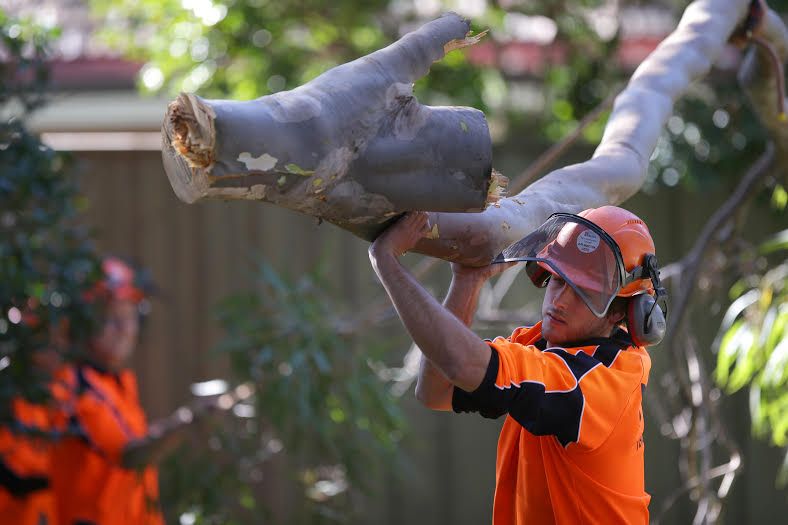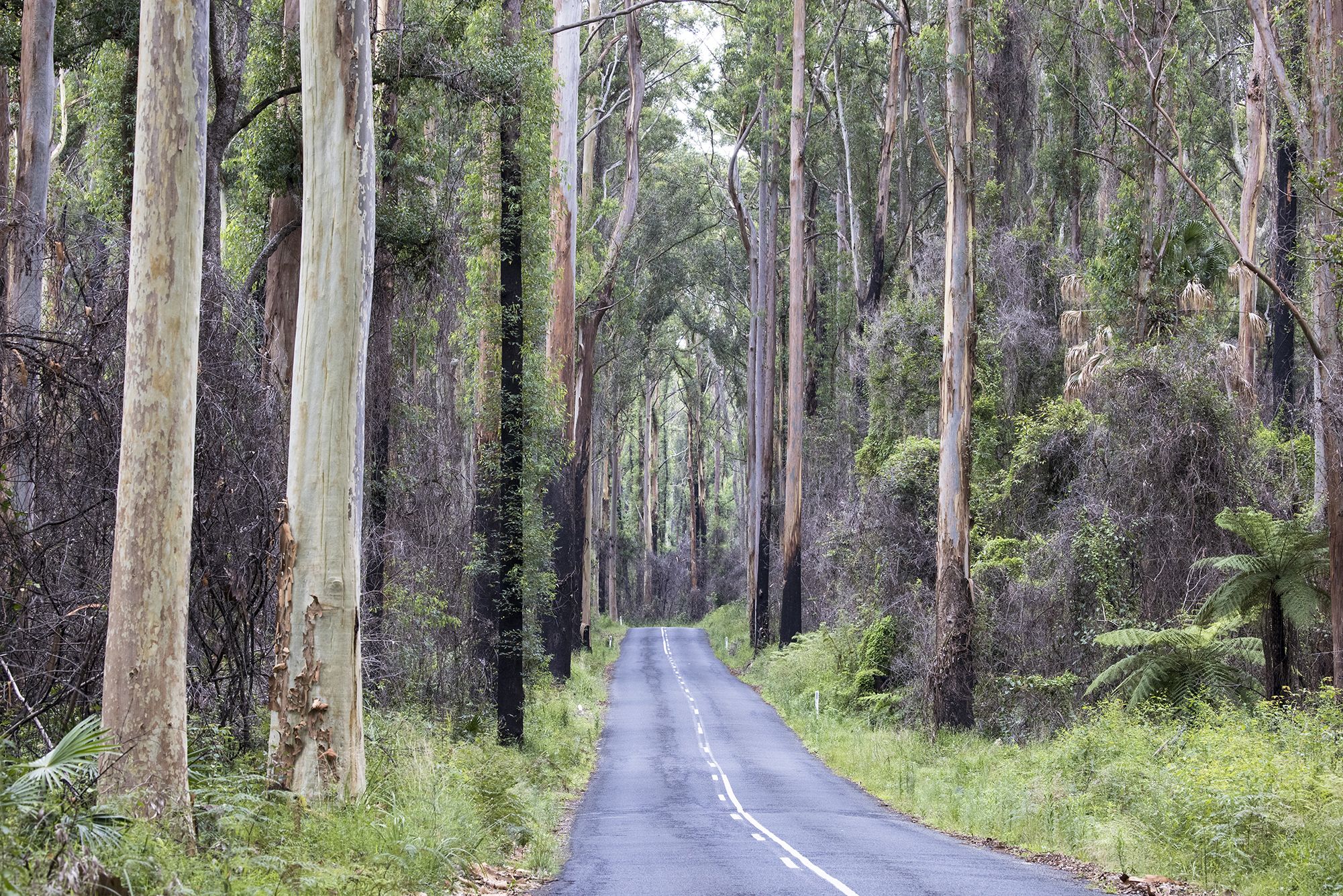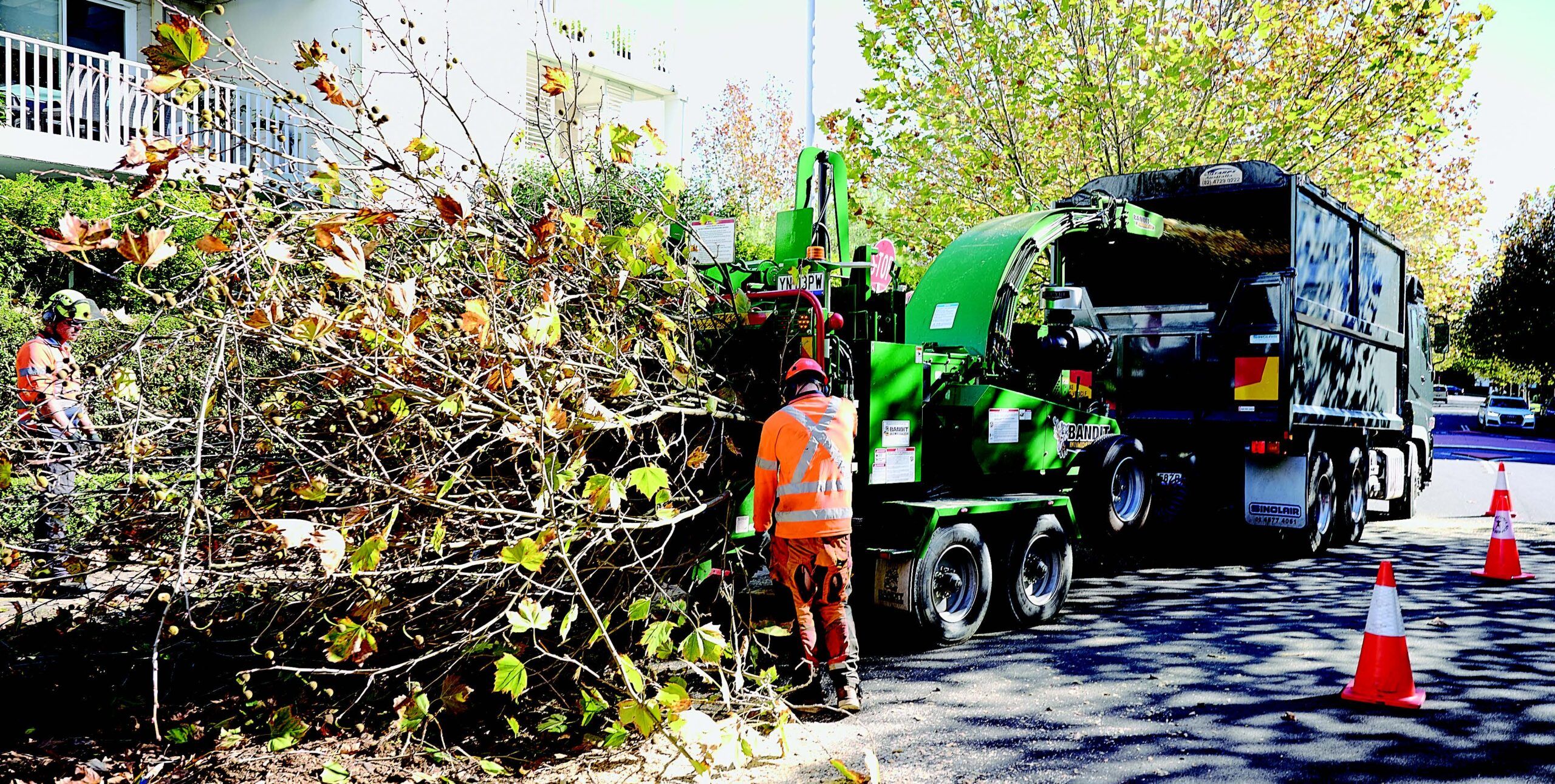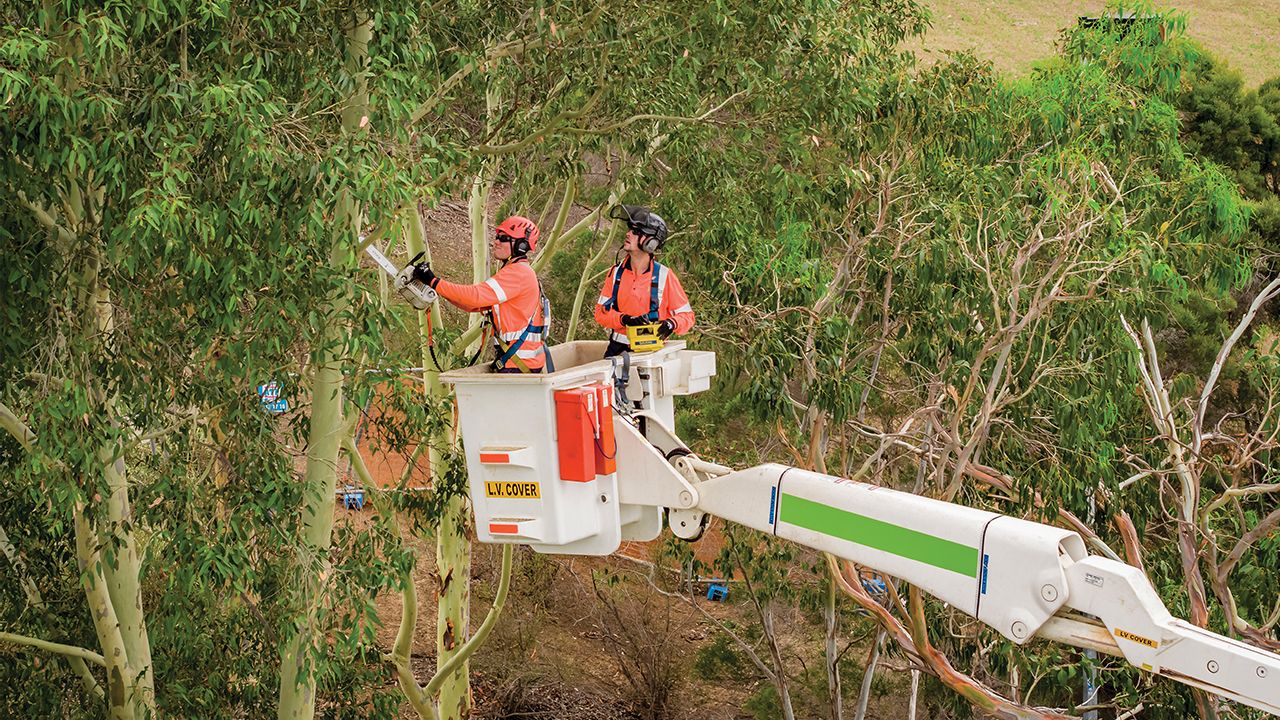Storm season in Australia typically runs from September to April and can take a toll on trees and gardens in Sydney. Below we explore some important facts you should know about tree care services that will help you prevent damage to your trees, home and other assets this storm season.
Preventative measures
Severe storms are difficult to predict and even more challenging to prepare for but there are steps you can take before a storm hits that will help mitigate the aftermath. These include:
- Invest in routine tree care services. What we want to stress here is that there are no shortcuts. Regular pruning by tree care services is the key to strong healthy trees and healthy trees are far more likely to withstand heavy winds and other natural weather patterns that pose a threat.
- Call your arborist before the storm season hits. Lopping off a canopy or over-pruning to remove branches that are encroaching on your house or on power lines is dangerous and generally does more damage than good. It ends up putting the health of the tree at risk and paves the way for fungal infections or weak re-growth. Properly trimming damaged or weak branches or to re-distribute weight is a practice best left to professionals as it requires specialised equipment and processes in order to be carried out in a safe and efficient manner.
- Give your trees room to grow. When you make the decision to plant trees on your property it’s important to carefully consider the space available and to learn a few essential facts about the species you want to plant. Ensure you don’t plant species that are known to multiply or grow to a significant size and if planted near structures or electrical wires could cause serious damage in a storm.
Post-storm cleanup and care
Trees can be damaged in a number of ways in a storm, some more obvious than others. Even if your tree(s) appear to be unharmed after severe weather it is still a good idea to assess the damage from close up and call a professional to help you:
- Remove debris
- Identify wounds and mark for continued monitoring as these can become entry points for pests or fungal infection
- Bind tree wounds and use hardware and cables to brace the tree
- Staking to salvage smaller trees that might have been uprooted – The longer you wait to do this the less chance the tree has at re-establishing itself.
If you have any questions or concerns regarding the trees on your property or about storm tree care services contact us and we will conduct a free on-site inspection. Our obligation-free quotes always include a risk assessment and clearly marked photographs outlining the work to be done.



